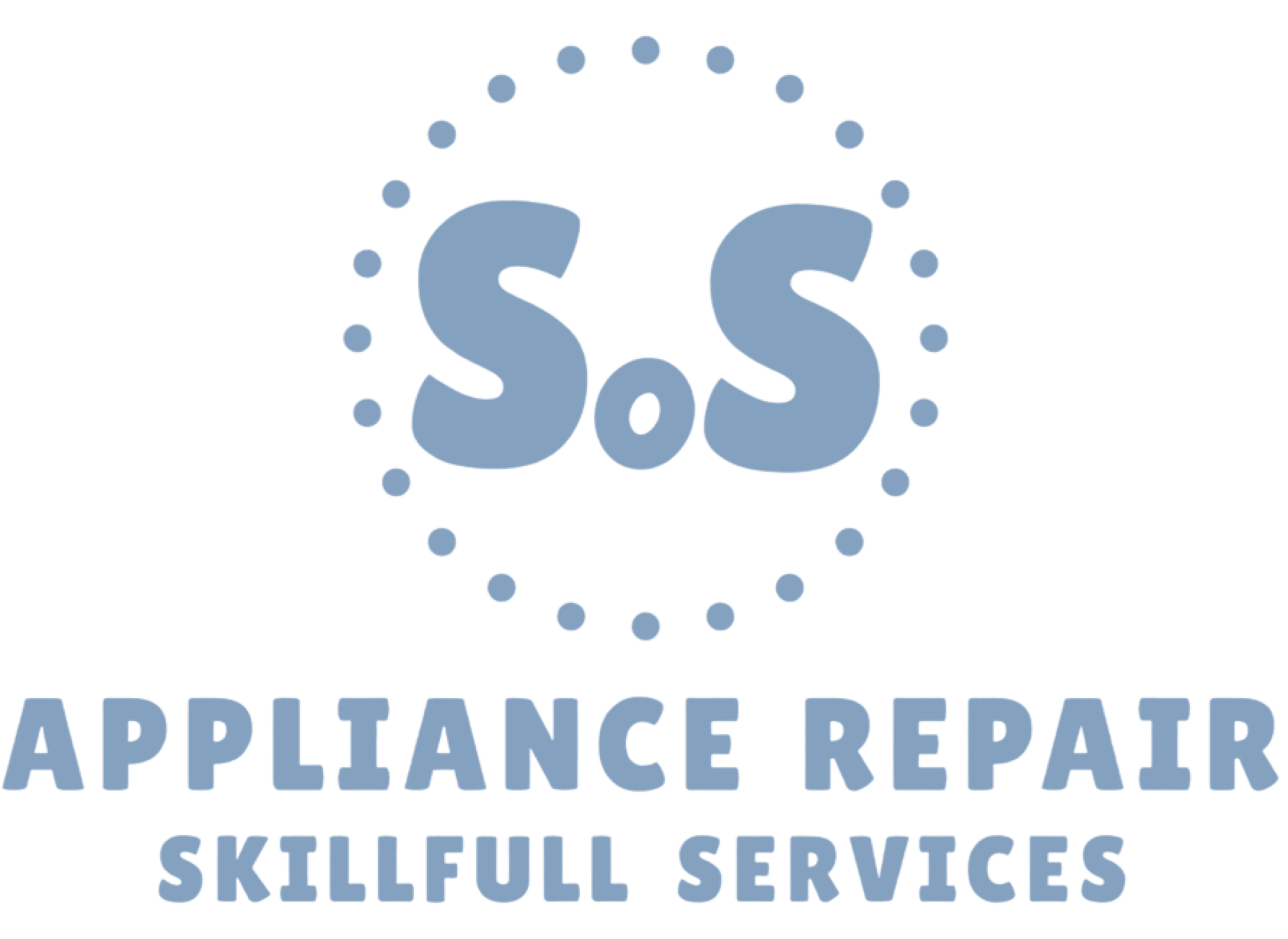Trying to fix it yourself can take hours — and often ends up costing more if something goes wrong.
Need help Same-day? Just tap below:
Call us or Schedule a visit online — we’re ready to help!
Professional appliance repair service SKILLFULL SERVICES
A washing machine that fails to spin can be a source of frustration, as it leaves clothes soaking wet and extends the drying time. Several issues could be causing this problem. Here’s a step-by-step troubleshooting guide to help you identify and potentially fix the issue:
- Save time and avoid frustration with same-day service
- Enjoy professional repair with warranty
- Get $20 OFF your first service call you book today.
- Save your time and money
Need help Same-day? Just tap below:
Call us or Schedule a visit online — we’re ready to help!
Professional appliance repair service SKILLFULL SERVICES
A washing machine that fails to spin can be a source of frustration, as it leaves clothes soaking wet and extends the drying time. Several issues could be causing this problem. Here’s a step-by-step troubleshooting guide to help you identify and potentially fix the issue:
1. Overloading the Machine
One of the most common reasons a washing machine fails to spin is overloading. When the machine is too full, it can’t rotate the drum properly.
- Symptoms: The machine makes unusual noises or stops mid-cycle.
- Solution: Remove some clothes and run the spin cycle again. Ensure you don’t exceed the machine’s capacity in future loads.
2. Unbalanced Load
An unbalanced load can cause the machine to stop spinning to prevent damage.
- Symptoms: The machine vibrates excessively or makes loud noises during the spin cycle.
- Solution: Redistribute the clothes evenly in the drum and run the spin cycle again. Avoid putting large, heavy items in the machine alone.
3. Clogged Drain Hose or Filter
If water isn’t draining properly, the machine may not spin. A clogged drain hose or filter can cause this issue.
- Symptoms: Water remains in the drum after the cycle is complete.
- Solution: Check and clear the drain hose of any clogs. Clean the drain filter, which is usually located at the front of the machine.
4. Faulty Drain Pump
A malfunctioning drain pump can prevent the machine from draining water and spinning.
- Symptoms: The machine doesn’t drain water, and the spin cycle doesn’t start.
- Solution: If you suspect the drain pump is faulty, it may need to be replaced. Turn off the machine and unplug it before attempting any repairs. Consider calling a professional for this task.
Need help fast? Just tap below:
Call us or Schedule a visit online — we’re ready to help!
5. Lid Switch or Door Lock Issues
For front-loading machines, the door lock must engage properly for the spin cycle to start. For top-loading machines, the lid switch must detect that the lid is closed.
- Symptoms: The spin cycle doesn’t start even though the machine is properly loaded.
- Solution: Check that the door or lid closes properly. If the switch or lock is faulty, it may need to be replaced.
6. Faulty Belt
The belt is what drives the drum to spin. If it’s broken or loose, the drum won’t spin properly.
- Symptoms: The machine makes noise but the drum doesn’t spin.
- Solution: Inspect the belt for signs of damage. If it’s broken or worn out, it will need to be replaced. This typically requires disassembling part of the machine, so it’s best to call a professional.
7. Motor or Control Board Issues
Problems with the motor or control board can prevent the machine from spinning.
- Symptoms: The machine doesn’t respond or doesn’t complete the spin cycle.
- Solution: Diagnosing these issues requires technical expertise. If you suspect a motor or control board problem, it’s best to contact a professional technician for repair or replacement.
8. Power Supply Issues
Sometimes, the problem may not be with the machine itself but with the power supply.
- Symptoms: The machine doesn’t turn on or doesn’t respond to commands.
- Solution: Check the power cord for damage and ensure the machine is properly plugged in. Test the outlet with another appliance to see if it’s working.
Preventive Maintenance Tips
- Regular Cleaning: Clean the drum, detergent dispenser, and filters regularly to prevent buildup.
- Check Hoses: Regularly inspect hoses for clogs and damage.
- Proper Loading: Distribute clothes evenly and avoid overloading the machine.
- Use the Right Detergent: Use detergents suitable for your machine type to avoid residue buildup.
By following these troubleshooting steps and preventive maintenance tips, you can often resolve common issues with your washing machine and keep it running smoothly.

